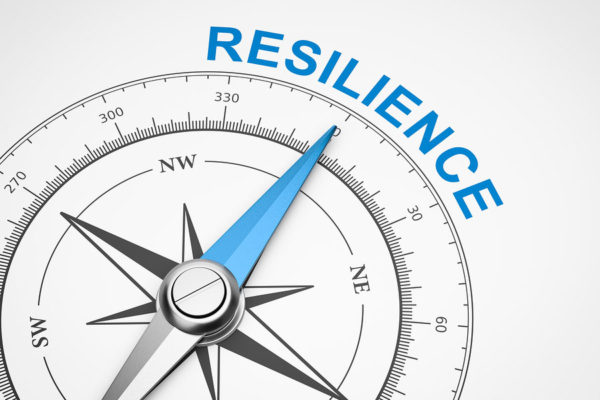🏢 9,000+ Organisations
🏆 6 x L&D/HR Awards
⭐ 4.8/5 Highly Rated
🧠 24 Years' Experience

One word that is continually raising its head above the parapet and finding its way into our daily lexicon is ‘resilience’.
Once seen as the domain of spiritual gurus and meditation sessions, it is now becoming mainstream in many businesses.
And it’s not surprising, as we encounter the most stressful times in business.
Companies have been eager to see how they can counter the overly-stressed working environments by introducing assistance to staff through training workshops in resilience, so it would be appropriate to discuss how we could develop learning initiatives for teams and individuals who need to build resilience and deal with stressful situations.
If your L&D department and management teams want to take this seriously, it’s necessary to identify what exactly resilience is, and how we could monitor the success of any such initiatives we introduce.
Merriam-Webster dictionary defines it as ‘the capability of a strained body to recover its size and shape after deformation caused especially by compressive stress’
Cambridge dictionary has it as ‘the ability to be happy, successful, etc. again after something difficult or bad has happened’
And the Oxford dictionary sees it as ‘the capacity to recover quickly from difficulties; having toughness’
Each of these definitions epitomises the essence of the term; we could combine those definitions to read ‘the ability to adapt to the stressful conditions we work under’.
Notice it doesn’t purport to stop the stress; only to deal with it in the working environment. This is because it would appear to be ‘Pollyanna-ish’ to expect the reduction of pressured-environments and the stresses they bring in today’s workplace.
So, the concept is based around the coping mechanisms of building resilience to whatever is happening around us and allowing people to build strength and well-being, where before there was only stress and illness.
This doesn’t, of course, mitigate our responsibilities as managers to work on reducing the causes of stress for our teams; if it is within our capacity to improve working conditions and reduce the causes of stress, then we should be proactively working on those.
But where there are times when those stressful infiltrators are outside of our and our teams’ control, learning to help team members adapt and cope would be beneficial.
Here are some ways you as a manager can assist in the development of resilience:
This means you need to develop skills of seeing challenges your team members face as opportunities to assist in developing resistance to stress
Most stresses occur when we get too deeply involved in the minutia of everyday tasks, and we can’t see the wood for the trees. By identifying the purpose and the ‘why’ in our projects, we open up a new perspective and help teams to see the reasons and rationale for the tasks, rather than just seeing it as a ‘job’
This doesn’t mean to always be over-the-top in positive energy; sometimes we have to be realistic about the stresses we face. But we can help team members to see they do have positive inputs to make. Remember, if we focus only on negatives, we will not be able to see solutions, just problems.
Some of our stressors can be controlled and others can’t. We need to build resilience by how we deal with those stressful situations and see them as opportunities to develop personal skills, like flexible thinking, agility and the ability to work through strategic thinking skills
EI is known for improving our own and others’ resilience to pressure by helping us to develop a realistic and positive viewpoint on what our emotions are telling us. Our emotions give us messages on the meanings we attach to things, so it would be good to build our knowledge of this essential management skill and help us see how we can help others to be aware of what their emotional tendencies are telling them
Many companies have introduced ‘mindfulness’ sessions into their workshop portfolios and there’s little doubt that most of them have seen successful results from helping team members to build up their defences to some of the pressures felt at work on a daily basis. There are other ways you could build resilience into the daily routines of your teams and these can include:
The ability to build resilience is a skill we should put high on the list of priorities for our teams. Think of how beneficial it would be to build a team who are more resilient to the outside pressures we all face daily.
This will also help us develop a culture of resilience within the whole company, hence building a workforce that can withstand most of what is thrown at them, even that which is outside of their control.
Still want more information after reading this article? Check out MTD resilience training course.

Written by Sean McPheat
CEO of MTD Training and Amazon bestselling author. Sean writes about leadership, business, and personal growth, drawing on 20+ years of experience helping over 9,000 companies improve performance.
Updated on: 27 March, 2019
Related Articles

Search For More 